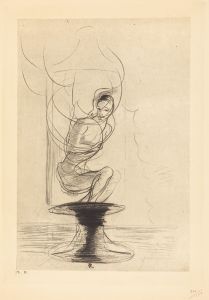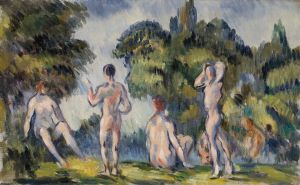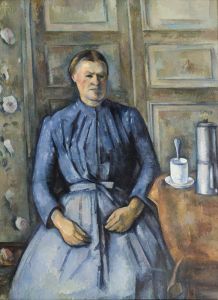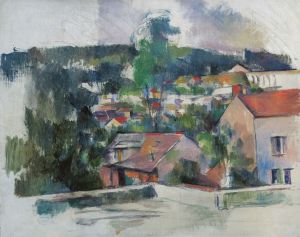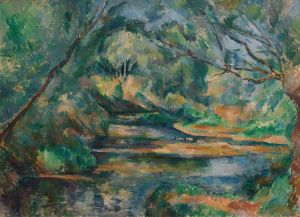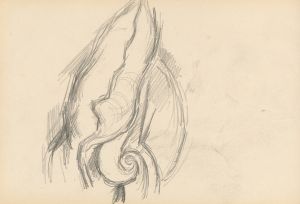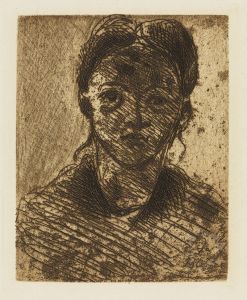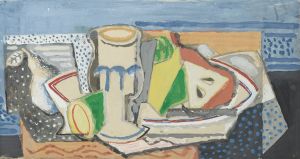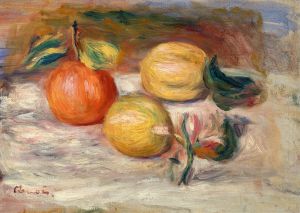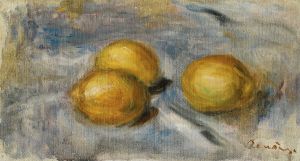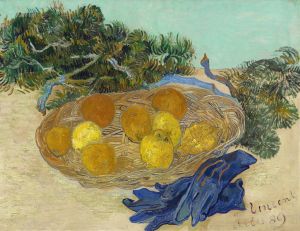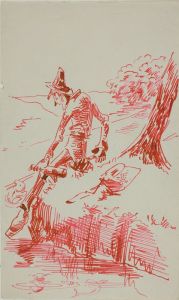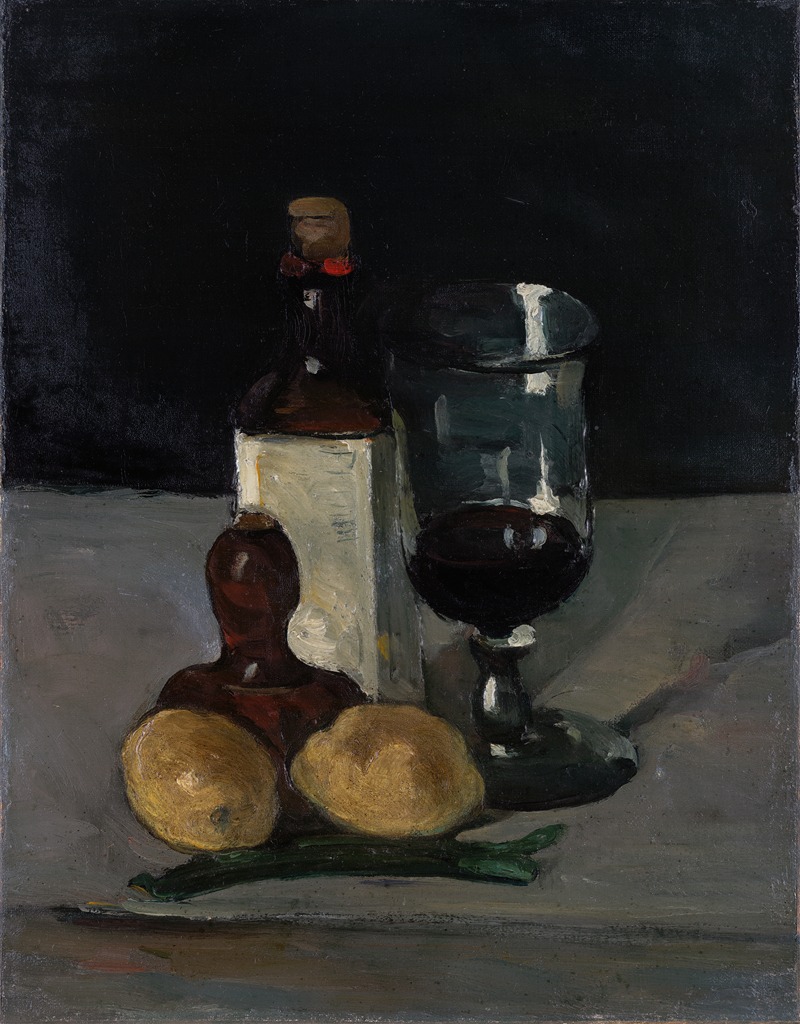
Still Life with Bottle, Glass, and Lemons
A hand-painted replica of Paul Cézanne’s masterpiece Still Life with Bottle, Glass, and Lemons, meticulously crafted by professional artists to capture the true essence of the original. Each piece is created with museum-quality canvas and rare mineral pigments, carefully painted by experienced artists with delicate brushstrokes and rich, layered colors to perfectly recreate the texture of the original artwork. Unlike machine-printed reproductions, this hand-painted version brings the painting to life, infused with the artist’s emotions and skill in every stroke. Whether for personal collection or home decoration, it instantly elevates the artistic atmosphere of any space.
Paul Cézanne's Still Life with Bottle, Glass, and Lemons is a notable example of the artist's contribution to the genre of still life painting. Cézanne, a French Post-Impressionist painter, is widely regarded as a pivotal figure in the transition from 19th-century Impressionism to the early stages of 20th-century modernism. His still life works, including this piece, are celebrated for their innovative approach to composition, color, and perspective.
In Still Life with Bottle, Glass, and Lemons, Cézanne employs his characteristic method of constructing forms through the use of color and brushstrokes, rather than relying on traditional linear perspective. The painting features a carefully arranged composition of everyday objects: a bottle, a glass, and lemons, placed on a surface. These elements are rendered with Cézanne's distinctive attention to the interplay of light, shadow, and texture. The objects appear simultaneously solid and dynamic, reflecting Cézanne's exploration of how shapes and volumes interact within a confined space.
Cézanne's still lifes often challenge conventional notions of perspective. In this work, the spatial relationships between the objects may appear slightly distorted or ambiguous, a deliberate technique that emphasizes the flatness of the canvas while also suggesting depth. This approach was influential in shaping the development of modern art, particularly for movements such as Cubism, which drew inspiration from Cézanne's treatment of form and space.
The use of color in Still Life with Bottle, Glass, and Lemons is another hallmark of Cézanne's style. He employs a palette of muted yet vibrant tones, creating a sense of harmony and balance within the composition. The lemons, with their bright yellow hues, serve as focal points, contrasting with the more subdued colors of the bottle and glass. This interplay of colors enhances the visual impact of the painting and underscores Cézanne's mastery of tonal variation.
While the exact date of the painting is not definitively documented, it is consistent with Cézanne's mature period, during which he produced many of his most acclaimed still life works. This period is characterized by his deep engagement with the formal qualities of painting and his desire to capture the essence of his subjects through a meticulous yet innovative approach.
Cézanne's still lifes, including Still Life with Bottle, Glass, and Lemons, were not widely appreciated during his lifetime. However, they have since been recognized as groundbreaking contributions to the history of art. His work has had a profound influence on subsequent generations of artists, earning him the title of "the father of modern art" by figures such as Pablo Picasso and Henri Matisse.
Further details about the specific provenance or current location of Still Life with Bottle, Glass, and Lemons are not readily available, as Cézanne created numerous still life paintings with similar themes and compositions. However, the painting remains an enduring testament to Cézanne's artistic vision and his transformative impact on the still life genre.





